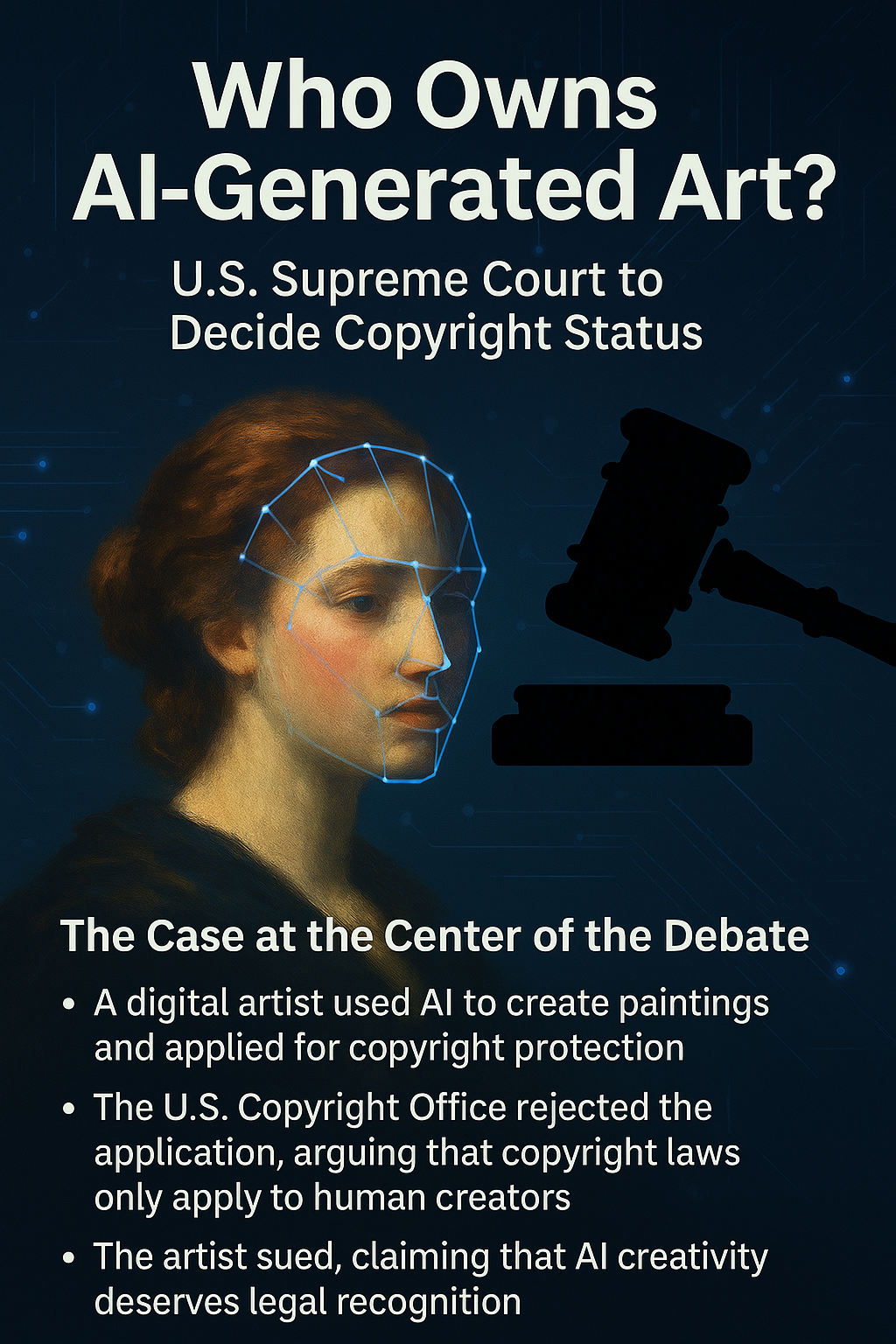Defenses to Trademark Infringement under Intellectual Property
Defenses to Trademark Infringement
1. Overview of Trademark Infringement
Trademark infringement occurs when one party uses a mark that is confusingly similar to another party’s registered or common law trademark, causing a likelihood of confusion among consumers about the source of goods or services.
The owner of a trademark has the right to prevent others from unauthorized use, but accused infringers can raise several defenses to avoid liability.
2. Common Defenses to Trademark Infringement
a. Non-Use or Abandonment
If the trademark owner has ceased using the mark or abandoned it (e.g., stopped all commercial use), the protection may be lost.
b. Fair Use
A defendant may argue that their use of the trademarked term is a fair use, such as:
Descriptive fair use: Using the term in good faith to describe their own products (not as a trademark).
Nominative fair use: Using the mark to refer to the trademark owner’s product for comparison or commentary, without implying endorsement.
c. No Likelihood of Confusion
If the defendant can prove that their use of the mark is not likely to confuse consumers about the origin of goods/services, this is a strong defense.
d. Parody or Satire
Using a trademark in a parodic or satirical way, especially in expressive works, may be protected.
e. First Use / Priority
If the defendant can show prior use of the mark before the plaintiff, they may have superior rights.
f. Consent or License
If the plaintiff consented to or licensed the defendant’s use of the mark, no infringement exists.
3. Illustrative Case Law Examples
Case 1: Green v. Fresh Farms
Facts: Green sued Fresh Farms for using a similar logo on produce packaging. Fresh Farms argued they used the word “fresh” descriptively.
Held: The court accepted Fresh Farms’ descriptive fair use defense, as the term was used in its ordinary meaning, not as a trademark.
Case 2: Carter v. Speedster Bikes
Facts: Carter claimed Speedster Bikes infringed on his trademarked “Speedster” name. Speedster Bikes demonstrated they used “Speedster” in their region prior to Carter’s use.
Held: The court ruled in favor of Speedster Bikes based on prior use, giving them superior rights in that territory.
Case 3: Lopez v. MediaFun
Facts: Lopez used a famous soft drink logo in a comedic video. The soft drink company claimed trademark infringement.
Held: The court found the use was a protected parody, unlikely to confuse consumers as to sponsorship, and ruled against the infringement claim.
Case 4: Davis v. TechGear
Facts: Davis alleged TechGear copied their mark. TechGear showed Davis had granted permission to use the mark in writing.
Held: The court held there was no infringement because TechGear’s use was authorized.
4. Conclusion
Defenses to trademark infringement are essential to balance protection of trademarks with fair competition, free speech, and prior rights.
Successful defenses commonly rely on:
Demonstrating non-confusing use
Showing descriptive or nominative fair use
Establishing priority of use
Proving consent or license
Case law consistently emphasizes consumer perception and the context of use when deciding infringement claims.







0 comments